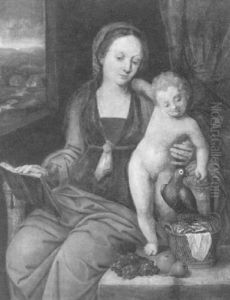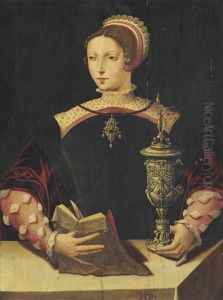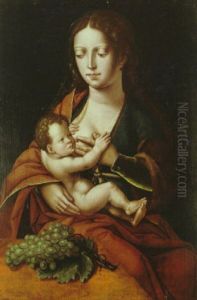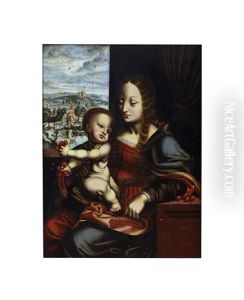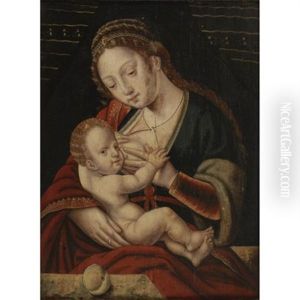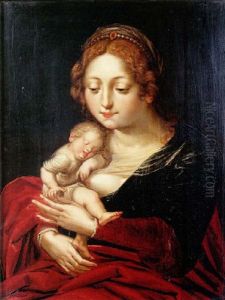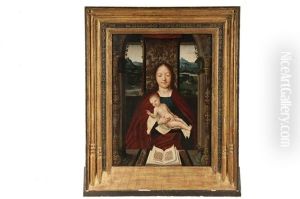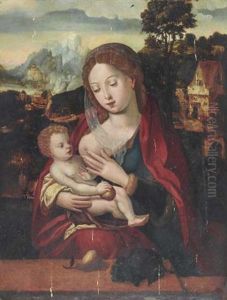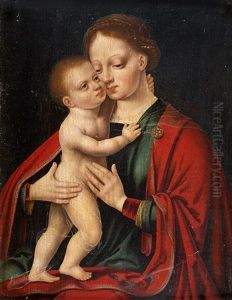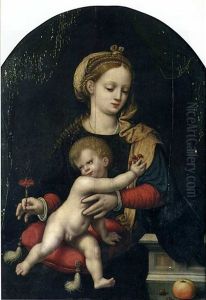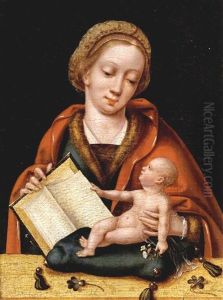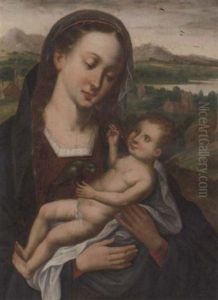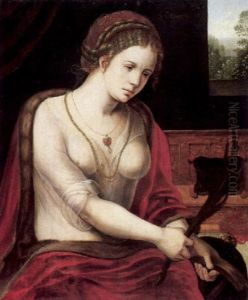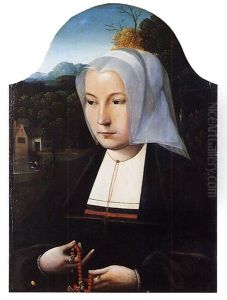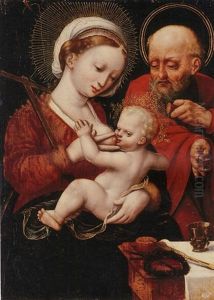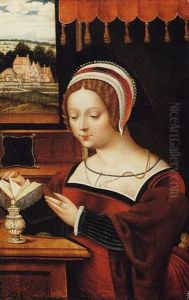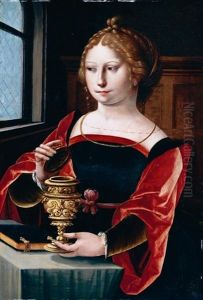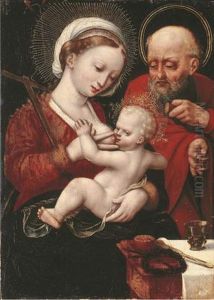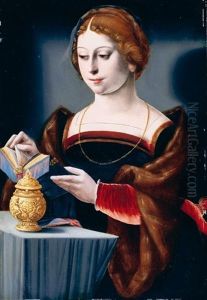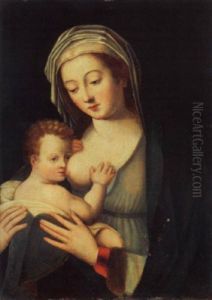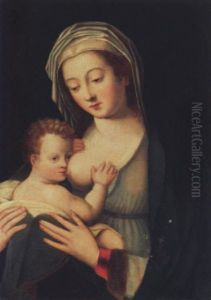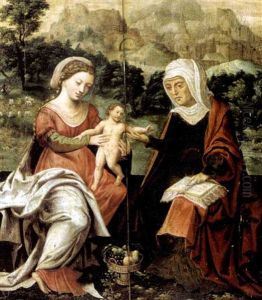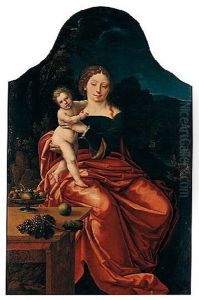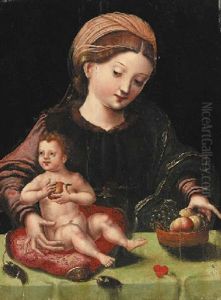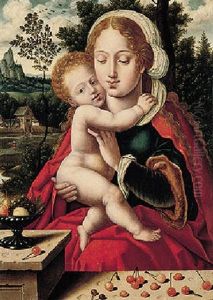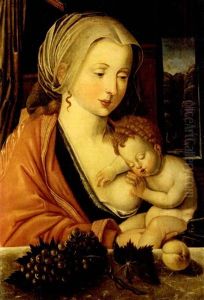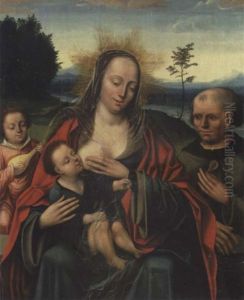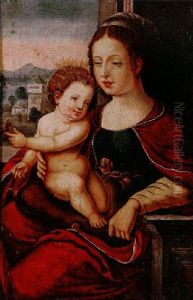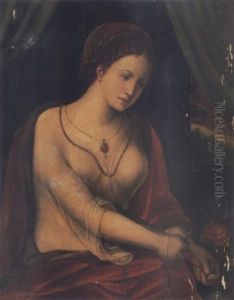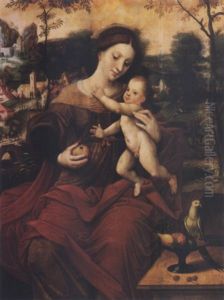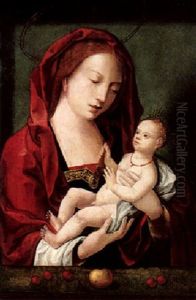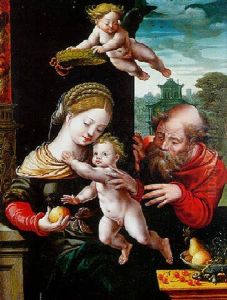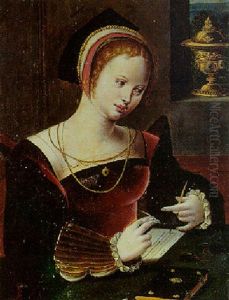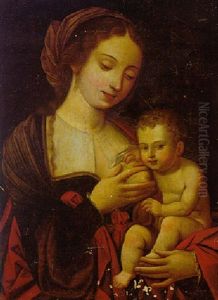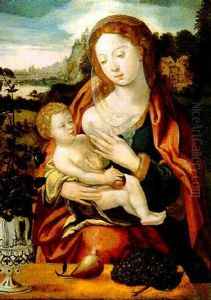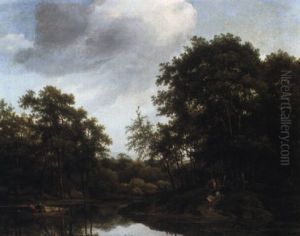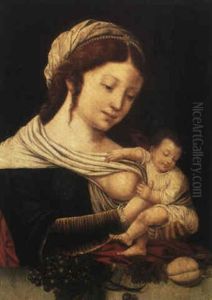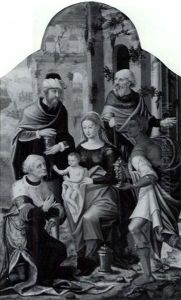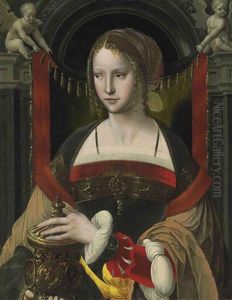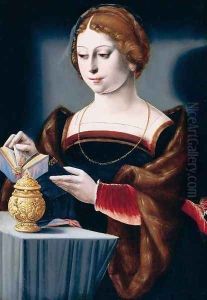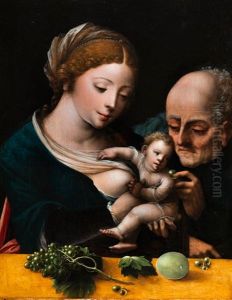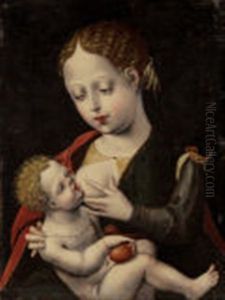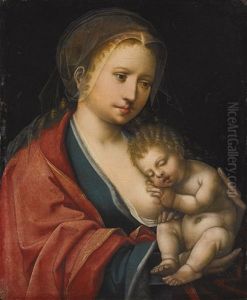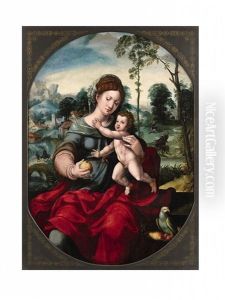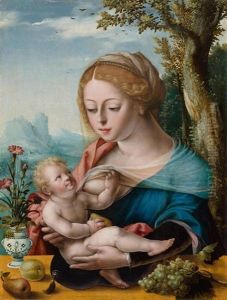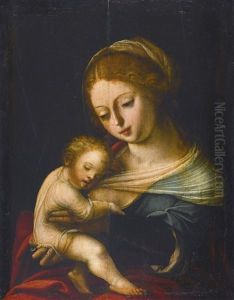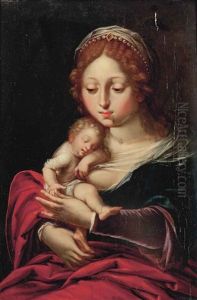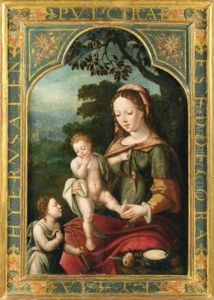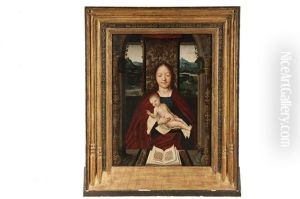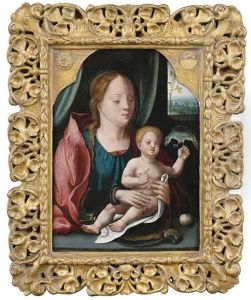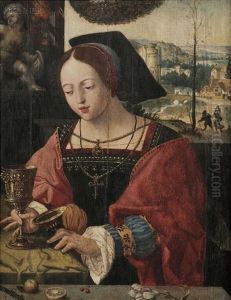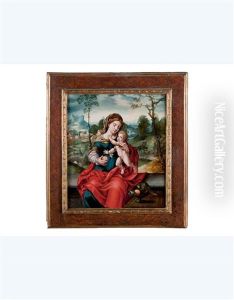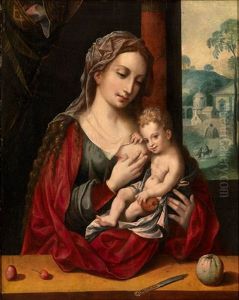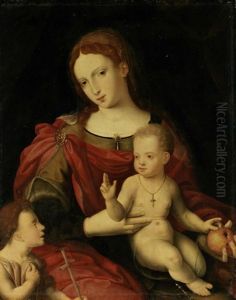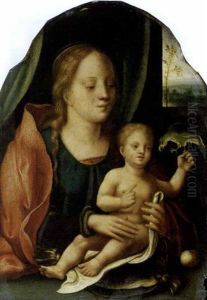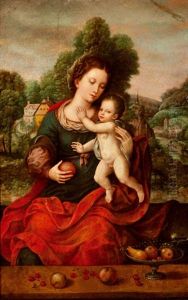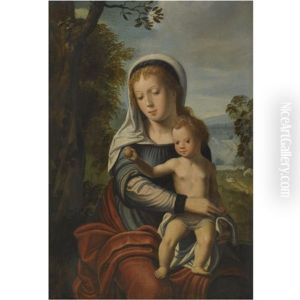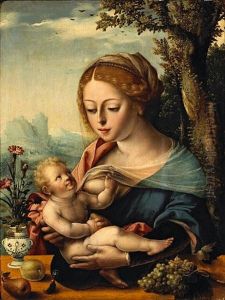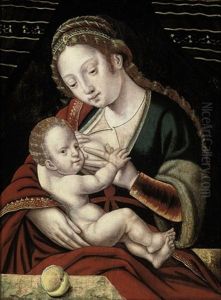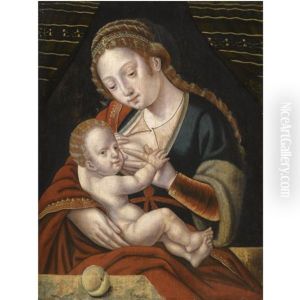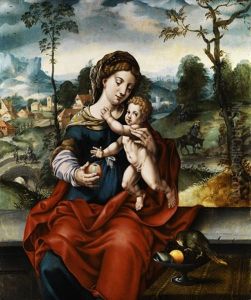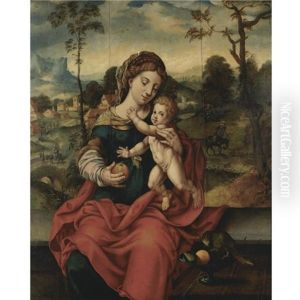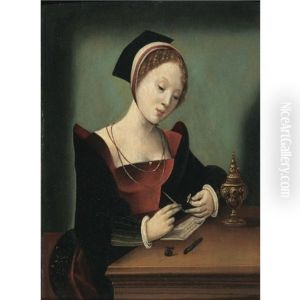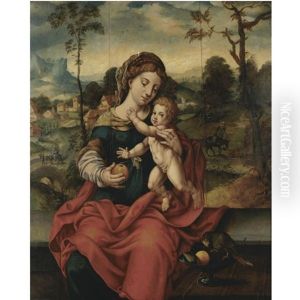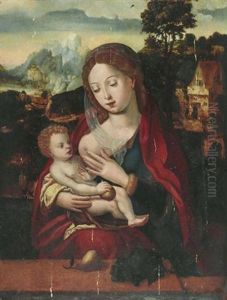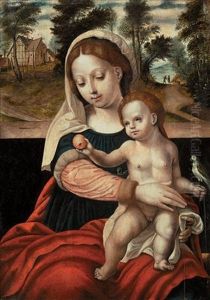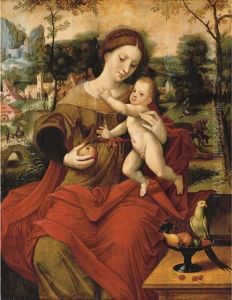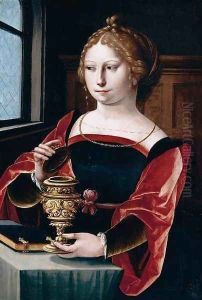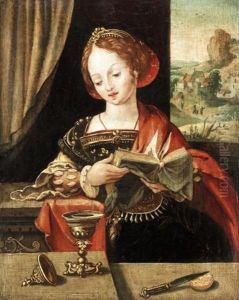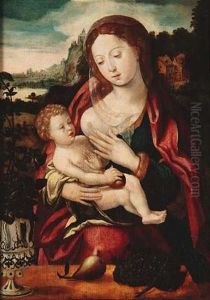Master of the Parrot Paintings
The Master of the Parrot was an unidentified painter or group of painters active in Antwerp during the middle of the 16th century. The name, as with other 'Masters of...' from the period, was assigned by art historians to an artist whose actual name has not been recorded, but whose work is distinct enough to be recognized as coming from a single hand or workshop. This practice is common in art history for categorizing artists who remain anonymous but whose works share consistent stylistic and thematic characteristics. The Master of the Parrot’s works are part of the Northern Renaissance tradition, and the artist is known for religious scenes, portraits, and genre works that often included a parrot, which was the reason for the naming.
The Master of the Parrot's paintings are characterized by their vivid color palette, detailed representation of textiles and materials, and the inclusion of exotic animals, especially parrots, which were considered a symbol of the Virgin Mary and the Holy Spirit, as well as exotic luxury and curiosity during the Renaissance. His artwork provides valuable insight into the cultural and social contexts of the time, particularly the fascination with exotic animals brought back from voyages of discovery and the symbolic meanings they carried.
Although not much is known about the artist's life, the body of work attributed to the Master of the Parrot suggests that he was part of the vibrant artistic community in Antwerp. During the 16th century, Antwerp was a major center for trade and art, and it attracted artists from all over Europe. The city was known for its production of altarpieces, portraits, and other paintings for local and international patrons.
The lack of signed or documented works has made it difficult to establish a comprehensive catalog of the Master of the Parrot's oeuvre. However, art historians have been able to attribute certain works to the artist through stylistic analysis and comparison with other documented pieces from the time. Despite the mystery surrounding the artist’s identity, the Master of the Parrot’s contributions to Northern Renaissance art continue to be appreciated for their beauty and historical value.
